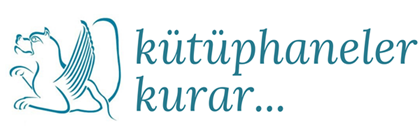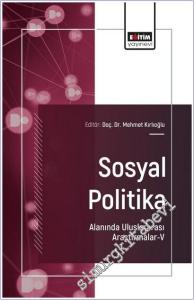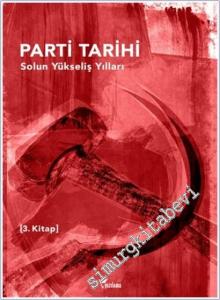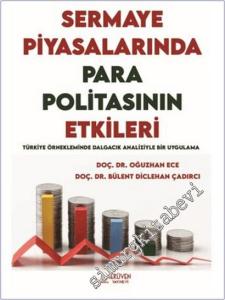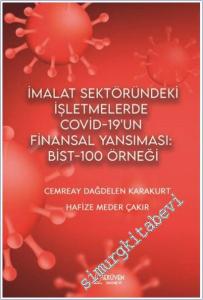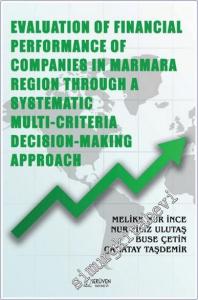#smrgKİTABEVİ Financialization and (DE)Regulation - 2023
Editör:
Kondisyon:
Yeni
Sunuş / Önsöz / Sonsöz / Giriş:
Basıldığı Matbaa:
Dizi Adı:
ISBN-10:
6256450332
Kargoya Teslim Süresi (İş Günü):
3&7
Hazırlayan:
Cilt:
Amerikan Cilt
Ciltçi:
Boyut:
16x24
Sayfa Sayısı:
113
Basım Yeri:
Ordu
Baskı:
1
Basım Tarihi:
2023
Kapak Türü:
Karton Kapak
Kağıt Türü:
Enso
Dili:
Türkçe
Kategori:
indirimli
196,95
Havale/EFT ile:
191,04
Siparişiniz 3&7 iş günü arasında kargoda
1199213053
599572
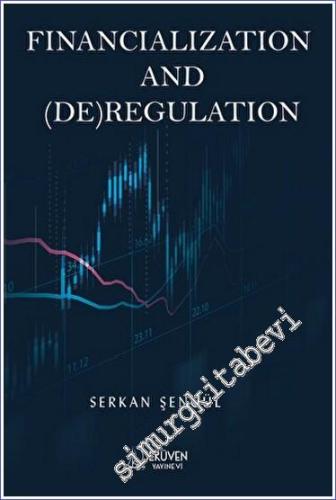
https://www.simurgkitabevi.com/financialization-and-de-regulation-2023
Financialization and (DE)Regulation - 2023 #smrgKİTABEVİ
196.95
The aim of this study is to investigate the financialization and regulations in three different views. The first essay examines the effects of regulations on the risk during the 2008 financial crisis. In order to cope with the effects of the crisis, the United States, Europe and other major economies, which constitute the basis of international financial architecture, have started to take measures rapidly. Priority has been given to eliminating the effects of the crisis on financial markets, and measures have been taken to create a new and strong financial architecture and restore financial stability. The second essay focused on measuring the systemic risks in Turkey's banking sector by using two major measures of systemic risk that have been proposed in the literature: conditional value at risk (CoVaR) and marginal expected shortfall (MES). In order to compute the contribution of banking sector to systemic risks, the MES and ?CoVaR measures are estimated for the six Turkish banks which are listed on the Borsa Istanbul (BIST) during 2000–2016 period by using Engle's dynamic conditional correlation model. Both systemic risk measures (MES and ?CoVaR) are analyzed to determine the relationships between some variables associated with bank characteristics (e.g., VaR (value at risk), size and leverage ratio) and banks' systemic risk contributions, via simple panel data regression methods. The third essay examines the relationship between financialization and investment decisions of non-financial corporations and the implications of these changes in their investment behaviour by using firm-level econometric data for Turkish manufacturing firms. The sample is composed of an unbalanced panel that is conducted with 107 and 56 publicly traded Turkish manufacturing firms for different time periods. The Arellano-Bond methodology is used in order to show whether there is any financialization indicator in Turkish manufacturing industry.
The aim of this study is to investigate the financialization and regulations in three different views. The first essay examines the effects of regulations on the risk during the 2008 financial crisis. In order to cope with the effects of the crisis, the United States, Europe and other major economies, which constitute the basis of international financial architecture, have started to take measures rapidly. Priority has been given to eliminating the effects of the crisis on financial markets, and measures have been taken to create a new and strong financial architecture and restore financial stability. The second essay focused on measuring the systemic risks in Turkey's banking sector by using two major measures of systemic risk that have been proposed in the literature: conditional value at risk (CoVaR) and marginal expected shortfall (MES). In order to compute the contribution of banking sector to systemic risks, the MES and ?CoVaR measures are estimated for the six Turkish banks which are listed on the Borsa Istanbul (BIST) during 2000–2016 period by using Engle's dynamic conditional correlation model. Both systemic risk measures (MES and ?CoVaR) are analyzed to determine the relationships between some variables associated with bank characteristics (e.g., VaR (value at risk), size and leverage ratio) and banks' systemic risk contributions, via simple panel data regression methods. The third essay examines the relationship between financialization and investment decisions of non-financial corporations and the implications of these changes in their investment behaviour by using firm-level econometric data for Turkish manufacturing firms. The sample is composed of an unbalanced panel that is conducted with 107 and 56 publicly traded Turkish manufacturing firms for different time periods. The Arellano-Bond methodology is used in order to show whether there is any financialization indicator in Turkish manufacturing industry.
Yorum yaz
Bu kitabı henüz kimse eleştirmemiş.
